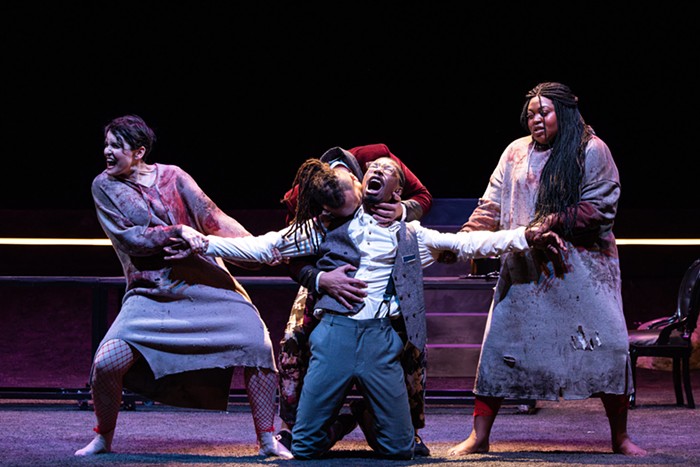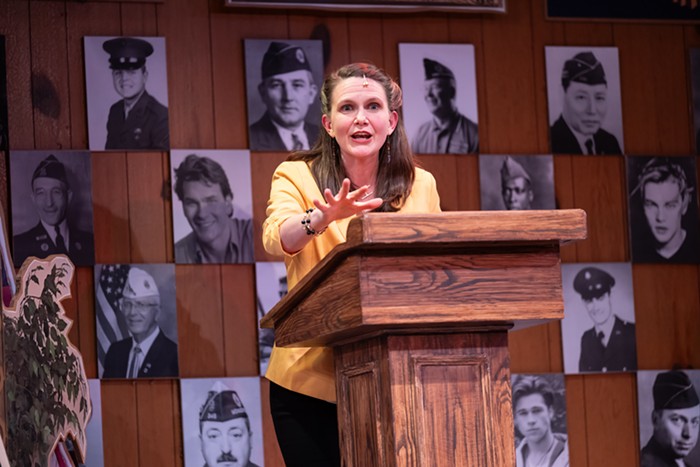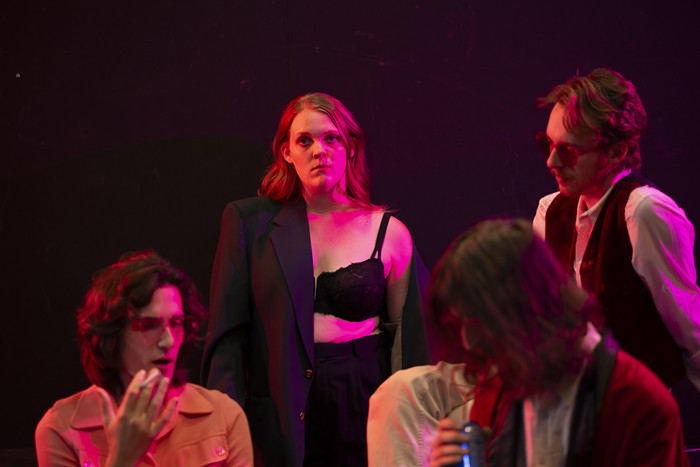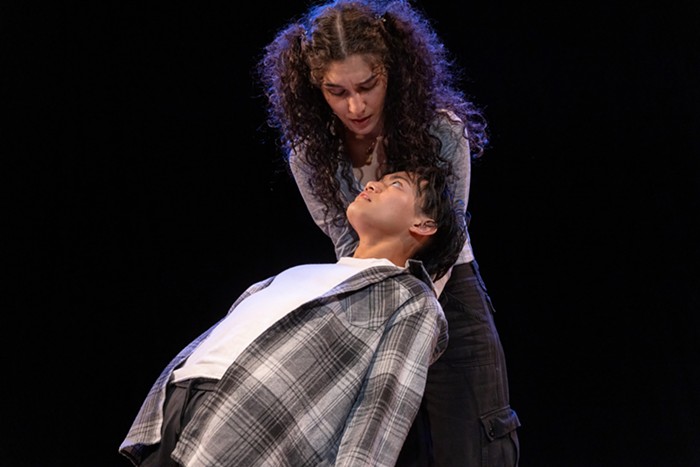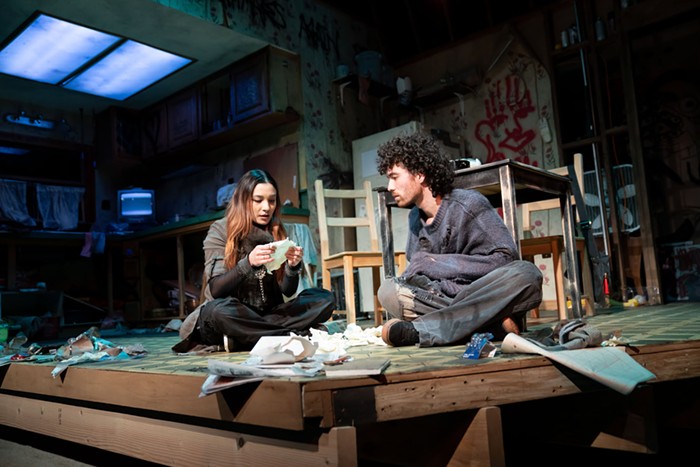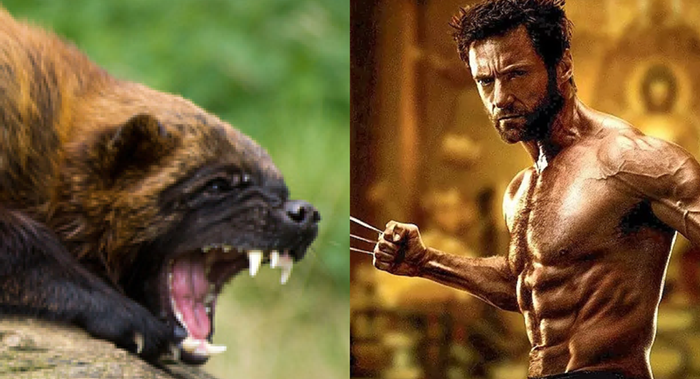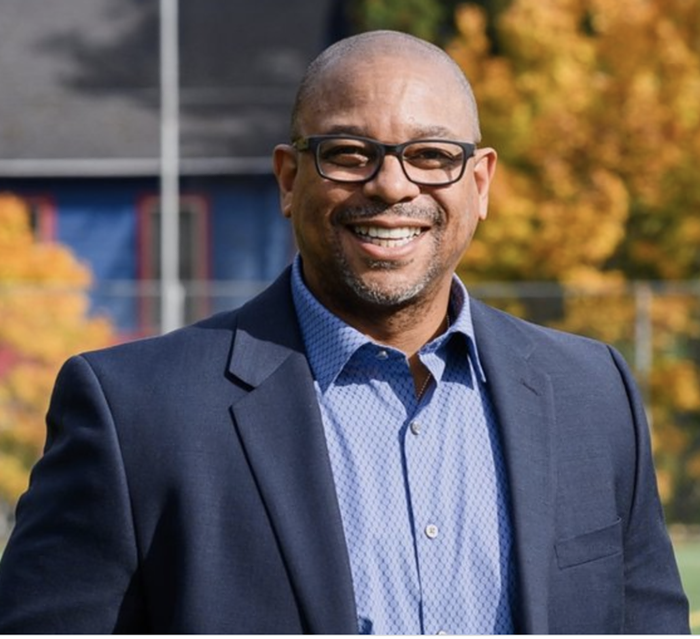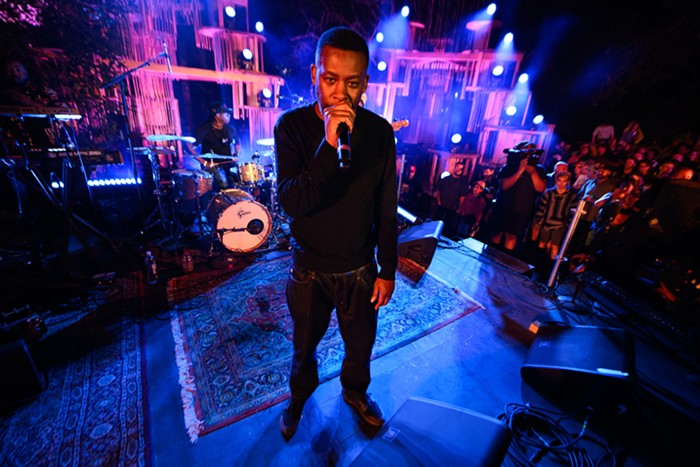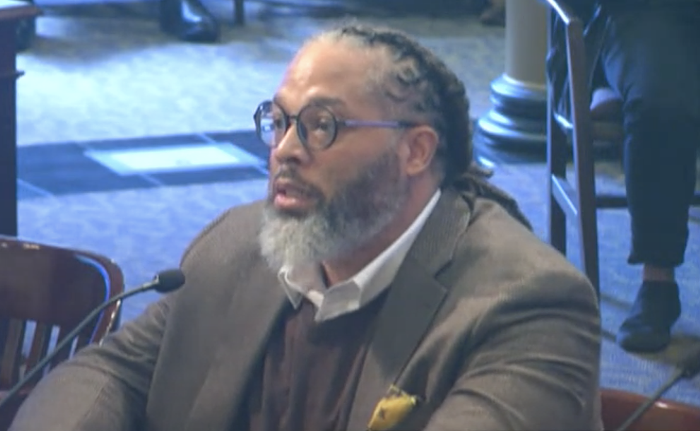PORTLAND OPERA'S Galileo Galilei reconstructs the world of history's most famous physicist from scratch. Created by Philip Glass in 2001, this performance marks the West Coast debut of this ingenious and moving piece.
The story of Galileo—the 17th century Italian physicist and legendary proponent of heliocentrism—marries well with Philip Glass' work. Like Galileo's science, Glass' musical output is both ahead of its time and prolific (from operas to film and solo work). Listening to Glass' music is like monitoring a scientific experiment, or tending to a simmering pot: It's repetitive. Not much happens, but you feel compelled to watch, and closely, with anticipation.
The show opens with Galileo at 77, in the final year of his life. Isolated in the dead center of the stage, after years of house arrest sentenced by the Inquisition for his scientific beliefs, he reflects on his faith, his science, and his family. The opera is split into 10 scenes, and moves backward in time, cycling from Galileo's late years to his early years, and back around to his death. (With a bold and resonant voice, baritone André Chiang plays younger Galileo; the older Galileo, played by Richard Troxell, sounds a little deflated, rightly.) Galileo Galilei has no written stage directions; the staging was created entirely by director Kevin Newbury.
The presentation is charming, inventive, and minimal, thanks in part to the stage constraints of the Newmark Theatre. Props are recycled and transformed throughout; a ladder becomes a podium, and then a drapery support, and then back to a ladder. IKEA chairs are dressed up with swivel sawing to look Baroque. The lighting is high drama. With no backdrop, figures are illuminated amid the empty black of the stage (à la tenebrism—the popular painting style of the 17th century). Galileo's assistants mill around the stage, performing the scientist's famous experiments: A man climbs a ladder and drops two different-sized weights into the hands of two servants, while the ladder is wheeled around the stage. The characters constantly revolve and turn—referencing the astronomical studies of the scientist. The final scene, titled "An Opera within the Opera," is a classic mise-en-scène, and makes a self-contained cycle, with us watching Galileo, watching Galileo observe the opera. In the end it's a piece about time and space, and a tip on how we might tackle our biggest questions with the most minimal of means.

